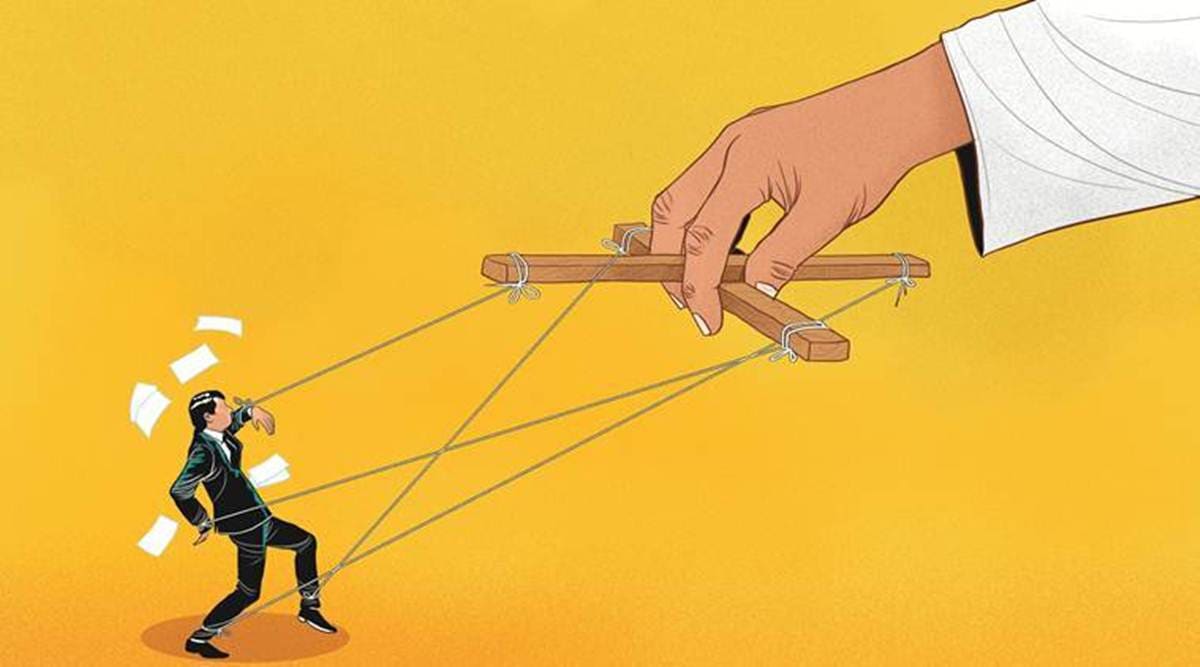Why is the government moving slowly on lateral hiring of specialists from the private sector?

Why are ministries so sluggish in making decisions that are frequently the first thing an official from the private sector asks when she enters the highest echelons of the government? This was a question that a group of 30 lateral entrants asked when they were undertaking an orientation session in Delhi in March before entering the halls of power.
The trainers at the Indian Institute of Public Administration (IIPA) took extra care throughout their two-week tutoring to prevent the private sector experts from becoming disruptions in the Sarkari offices.
A blunder by the newbies might set off a bureaucratic uprising by the no-changers. The lateral entrants received instruction on dos and don’ts in addition to learning how to make cabinet notes, manage court cases, and answer inquiries from the parliament.
Surendra Nath Tripathi, the director-general of IIPA and a former IAS official, said that they teach the students about proper office decorum, including the rule against addressing superiors by their first names. He also emphasized to them the need to maintain a fair perspective on every issue, even if it meant delaying making a choice. They received training in Sarkari conduct, which states that once a government policy is in place, no bureaucrat may question it. For those coming from the private sector, “it was quite a jolt,” adds Tripathi.
While the Union Public Service Commission (UPSC) was brought in as a recruitment agency in 2018 to facilitate the lateral entrance of professionals from the private sector into ministries, the Government of India (GoI) has so far been moving slowly, hiring only 38 officers in four years. With professional bureaucrats remaining in charge of administrative decisions, led by 5,000 IAS officers, it’s possible that they don’t want to disrupt the status quo.
Eight joint secretaries (JS) were hired in 2019 and 30 officials (three JS, 18 directors, and nine deputy secretaries) in 2022 as lateral entrants. They all have three-year contracts that can be extended for a further two years, and they all get the same benefits and compensation as their counterparts in the permanent bureaucracy. Even if they are still unpaid after five years, there is no mechanism to keep them.
While the majority of the lateral entrants are from the private sector, a small number are from state and public-sector organizations. In addition to these officers hired through the UPSC, the NITI Aayog has also hired young professionals and lateral entrants as contract workers, totaling 68 according to its most recent annual report. One prominent hire is Ramanan Ramanathan of Tata Consultancy Services, who came in 2017 to lead the Atal Innovation Mission.
Ministries will occasionally hire what is known as “private personnel” in Sarkari. For instance, Aashish Chandorkar, a former vice president of Capgemini India, was appointed by the ministry of commerce and industry to the position of counselor in India’s permanent mission to the World Trade Organization last year. This position is typically filled by Indian Trade Service officers.
There are officers with excellent resumes among the lateral entrants hired by the UPSC. Amar Dubey, an IIT-Bombay and IIM-Ahmedabad alumni, was a partner in KPMG before joining the civil aviation ministry as a joint secretary in 2019. However, not every recruit has a prominent profile.
6,077 applicants responded to the government’s advertisement for 10 JS-level positions in 2018, which was the first for lateral entry. Once more, 2,031 people applied for 31 positions in 2021, including three JS. For another reason, GoI has exercised caution concerning lateral ingress. It is well aware that if it instructs the UPSC to hire a lot of people from the private sector each year, it may end up breaking reservation laws, which might be considered political hara-kiri. The government’s current defense is that lateral hires replace open positions where reservation laws do not apply.
Former department of personnel and training (DoPT) secretary Satyananda Mishra says his biggest issue is the large number of private sector candidates and that the program shouldn’t be expanded to include everyone. The hiring of 10 to 15 private CEOs as joint secretaries won’t bother career bureaucrats.
Additionally, since these roles are transitory and in specified domain regions, this plan won’t raise any questions about reservations. The true concern, he says, is if the brightest minds from the private sector are applying for this position. He also suggests that an audit be done to determine the background of the chosen candidates and the types of applicants.
IIPA’s Tripathi has a different viewpoint. I am confident that the lateral entrants will make excellent officers because of the training they have received. The selection procedure was open and clear. The fact that seven out of eight JS (who were hired in the initial round) stayed implies the strategy was successful, according to him. Career bureaucrats have collaborated with inductees in addition to accepting this experiment in the lateral entrance from the corporate sector.
However, the sample size at this time is insufficient to make a judgment. Nine joint secretaries were chosen in 2019, and eight of them joined. One director-level inductee left the ministry of civil aviation in the second round. The director of the Indian School of Public Policy, Shailesh Pathak, states: “Organ transplants might be successful or unsuccessful. The same is true for lateral entry, which requires cultural adjustment.
Nevertheless, Pathak, a former IAS official who left the organization to work in the private sector, sees the new policy as a crucial instrument for filling out highly specialized roles. It promotes the exchange of ideas between industry, government, and academia.” No matter how well-intentioned, the GoI’s policy on lateral entry is only a drop in the ocean compared to the civil service changes required to keep the steel structure from aging and rusting.” There are two conflicting factions in the government: those who support change and those who oppose it.
The Economic Advisory Council to the Prime Minister’s chair, Bibek Debroy, is unrelenting in its support of “breaking permanency” and “forced retirement.” “Exit, not permanence, must be the default template.” In other words, all government employees should be contractual, according to Debroy, who previously served as the chair of a group to streamline the railroad bureaucracy. It is not simple to re-engineer India’s massive bureaucratic structure. Undoubtedly, there will be retaliation. The officer’s access door is neither fully closed nor completely open.




